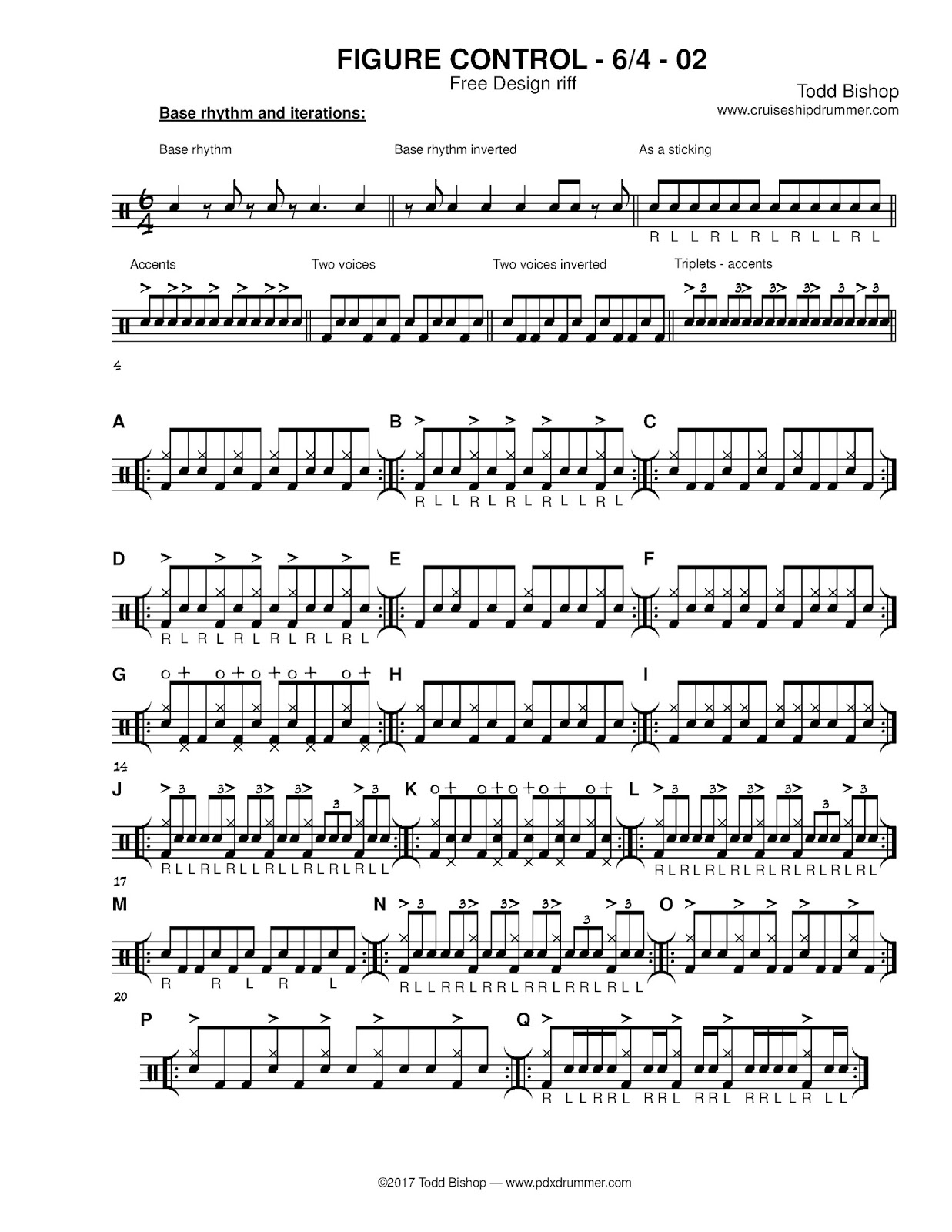
Here is part 3 of my studies on Kurt Rosenwinkel and Jonathan Kreisberg. I extracted 8 concepts for improvisation from my transcriptions of these two great players and then composed the concepts into my own lines (as written ‘soli’) over newly composed harmonic progressions. The effect that this had on my playing was massive! I really struggled with playing the same ideas over and over and so this approach helped me think of new ways of playing my (rather stale!) vocabulary, rhythmically, harmonically and melodically.

CHICK COREA TRANSCRIPTIONS. Birth name: Chick Corea. Ftp Utility Konica Minolta Mac. All Chick Corea transcriptions you can order by email and download in PDF, MIDI, SIB, MUS, XML and etc. McCoy Tyner Transcriptions. Chick Corea -Piano transcriptions! Buscar libros; Directorio del sitio; Acerca de Scribd; Conoce al. All transcriptions are in Adobe PDF format. Chick Corea - The Leprechaun: Groove: $0.50: Steve Gadd: Concerto for Jazz-Rock Orchestra: Stanley Clarke - Journey.
Please feel free to download the PDF of my studies (Transcription, actual study text and MP3 recordings of my tunes). Enjoy and please leave comments! ‘Windows’ is a fast 3/4 swing (220 – 230bpm) by Chick Corea. Again the soloist improvises over the melody form.
• Uncommon triadal superimposition: On beat 2 of bar 3 Kreisberg superimposes a first inversion C# major triad arpeggio against the traditional harmonic framework (B Dorian or possibly Melodic minor is commonly used here). This is what many practitioners refer to as sounding ‘out’, where a soloist will deliberately choose to play notes against the written changes. When a soloist resolves to (or stays on the strong tones of) the changes it is loosely termed ‘in’ or ‘inside’ playing. • Use of advanced harmonic language: After the ascent of the line (beat 1+ of bar 4), the C# major triad changes to an A# minor triad which is a semitone below the B minor tonic chord.
This can be derived from the F# Harmonic Major scale but could also be the utilisation of chromatic ‘side slipping’. • Linear non resolution: The passage of notes does not resolve within the bar or in the measures following by linear means; instead chords are sounded to ground the listener in the original (extant) harmony of B minor. • Triadal superimposition: To begin I have inserted a F minor triad arpeggio against the Ami11 (‘out’ sound) at bar 9, acting as a dom7V sub derived from E altered (could also be interpreted as an Ab6, in an anticipation of the harmony at bar 10), then utilised two 7-10-11 clusters on the Bmi11 and Gmi11 to imply a resolve (‘inside’ sound). Over the Abma7 at bar 10 I have superimposed an Ami triad arpeggio (outside) in a restatement of the harmony of the preceding bar which moves through a chromatic Eb to an inverted G major triad over the Fmi chord (outside). This infers a Lydian minor sound (C Harmonic minor or C Harmonic major 4th mode) which is chordally resolved at the end of bar 10 by a 3-5-9 voicing of Fmi9 (inside). I have started bar 11 ‘inside’ with a Cmi9 (or Ebma7) arpeggio which descends chromatically to a D maj triad arpeggio (outside) against the Eb sus (normally a Db/Eb would be used here). Bar 12 begins ‘inside’ with a G major triad arpeggio then continues this arpeggio against the C/Db (outside).
Bar 13 is all ‘out’ harmony (unresolved within the bar), with an F# major arpeggio against the Emi13, an A# minor arp against the Bmi11 and a G# minor arp against the Gmi11. These triads have all been used to state the diatonic but unrelated harmony of three F# major derived triads (I, II and III), against the changes with the purpose of using harmonic particles that are strongly related to each other (and therefore relatively melodic) but not related to the written chord changes in a primary tonal sense. This could be further described as ‘tonal centre superimposition’.
It is possible to derive a set of chords and tonal centres that relate to the changes (even if they modulate), then play notes from a tonal centre outside of these possible choices. Bar 14 is ‘out-in-in-in’ with a G major triad chord played against the F minor but quickly resolved to an Ab minor over F (Fmi7) then arpeggios that are inside the Cmi and Ab7 chord scales. Bars 15 and 16 use an ‘out-in’ form through usage of triad chords that quickly resolve. • Use of advanced harmonic language: Repetitive usage of Harmonic minor and Harmonic major derived triads which can be further developed into usable jazz language upon practice and application. This was an interesting conceptual study in that it posed many questions about melody; some being: How is melody that is ‘outside’ made to sound ‘right’ to a listener? What are some basic guidelines to melodic inside and outside principles?